The 12 plants of Christmas
Although many of us imagine evergreens to be towering holiday pines of fragrant wreaths, "evergreen" refers to any plant that retains its color throughout the year. Depending on what part of the world you are in, evergreens can look very different. In tropical places, almost all plants keep their leaves year-round and are therefore considered evergreen, whereas in more temperate environments conifers are the most conspicuous plants to remain green in the winter.
Lights, ornaments, and other baubles are common holiday decorations today, but the most traditional adornments of the season are plants. The Field Museum's Botanical Collection is home to over 3 million plant specimens. In homage to the classic Christmas tune, here are the 12 plants of Christmas picked from the collection.
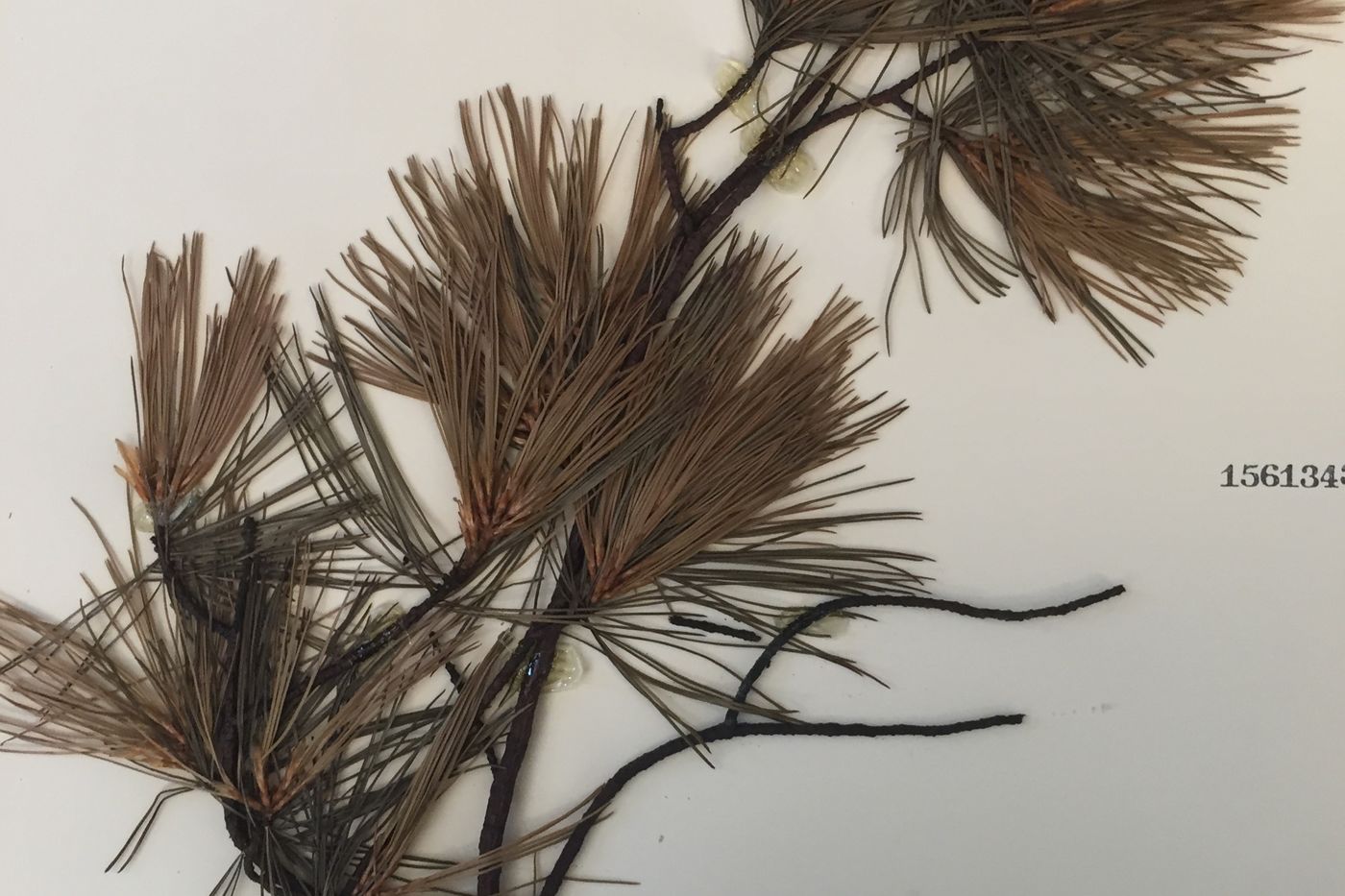 1. Pine
1. Pine
This Pinus strobus specimen from The Field Museum collection was catalogued in 1952. Even after 63 years, the specimen still retains some of its “evergreen” color. You might think Christmas trees are simply pine trees, but it is likely that the tree in your home is a spruce or a fir- both subfamilies of the greater pine family.
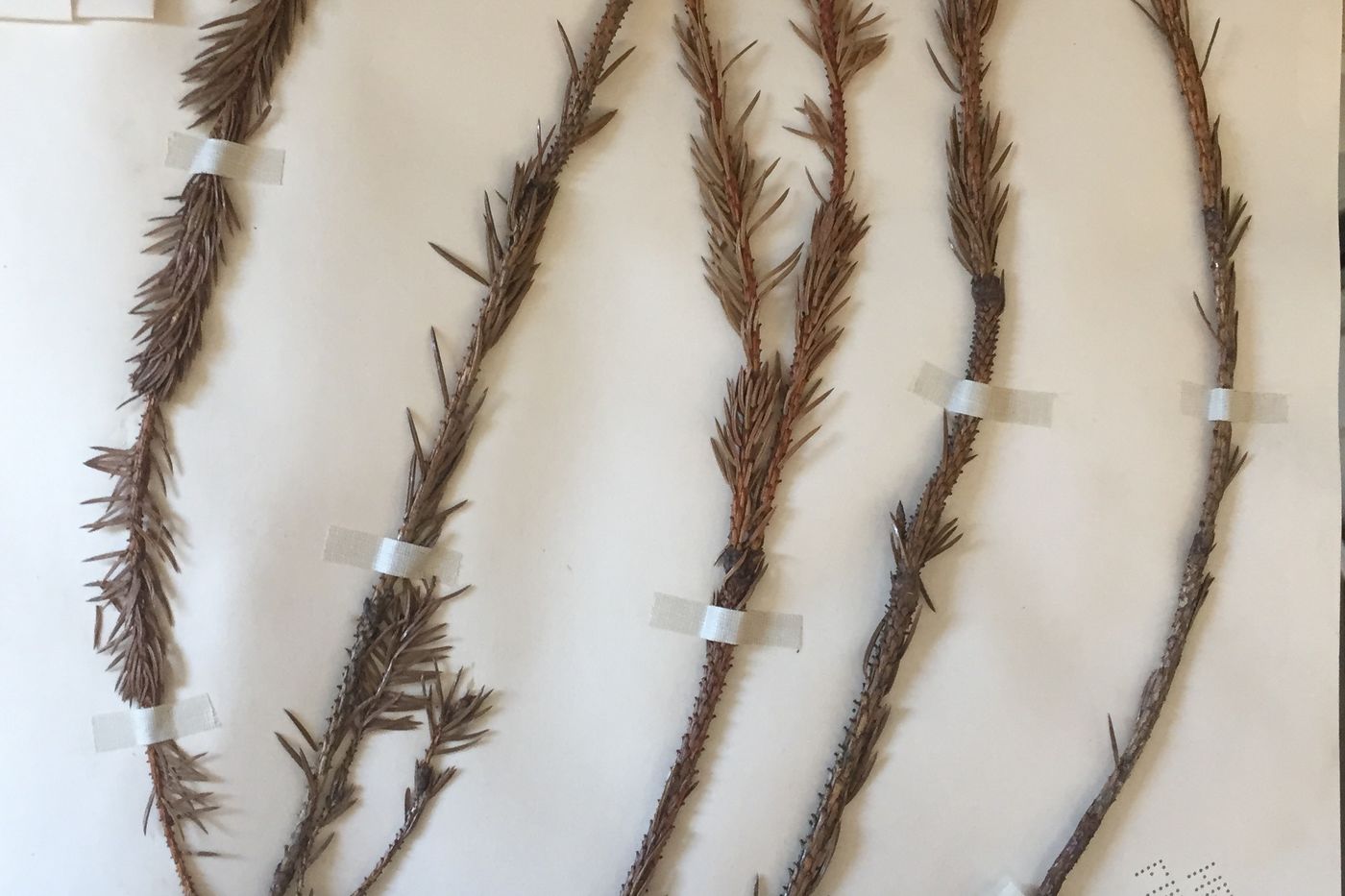 2. Spruce
2. Spruce
This Picea abies specimen was collected in 1896! Although time has taken away most of its needles, you can see that this kind of tree looks like a more traditional Christmas tree. A giant Norway Spruce has towered over Rockefeller Plaza in New York each year since 1986.
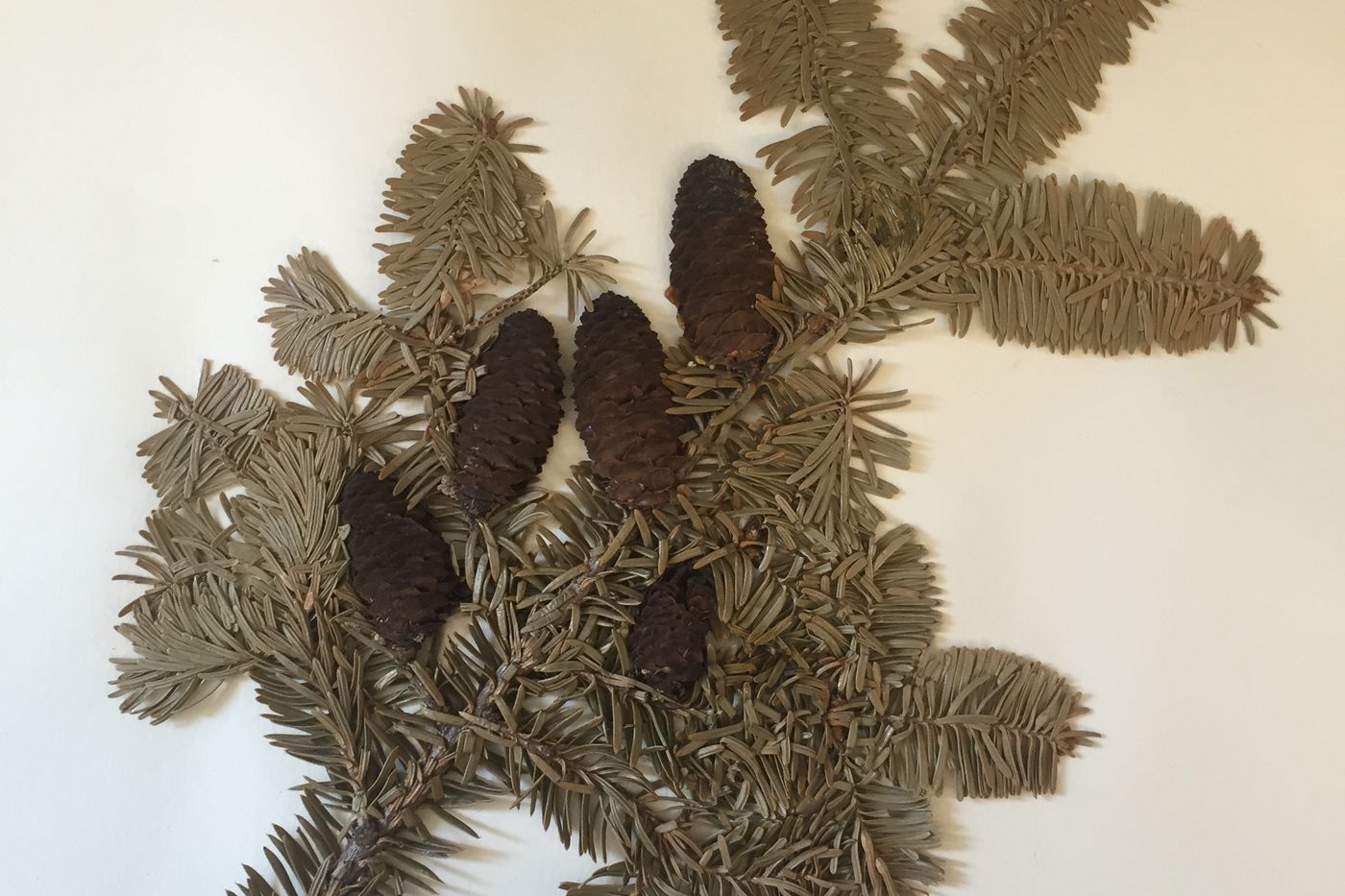 3. Fir
3. Fir
This Balsam Fir is characterized by flat, flexible needles and small cones. Fir trees are the quintessential holiday evergreen. “Tannenbaum,” a German word synonymous with Christmas trees, is a literal translation of “Fir tree.”
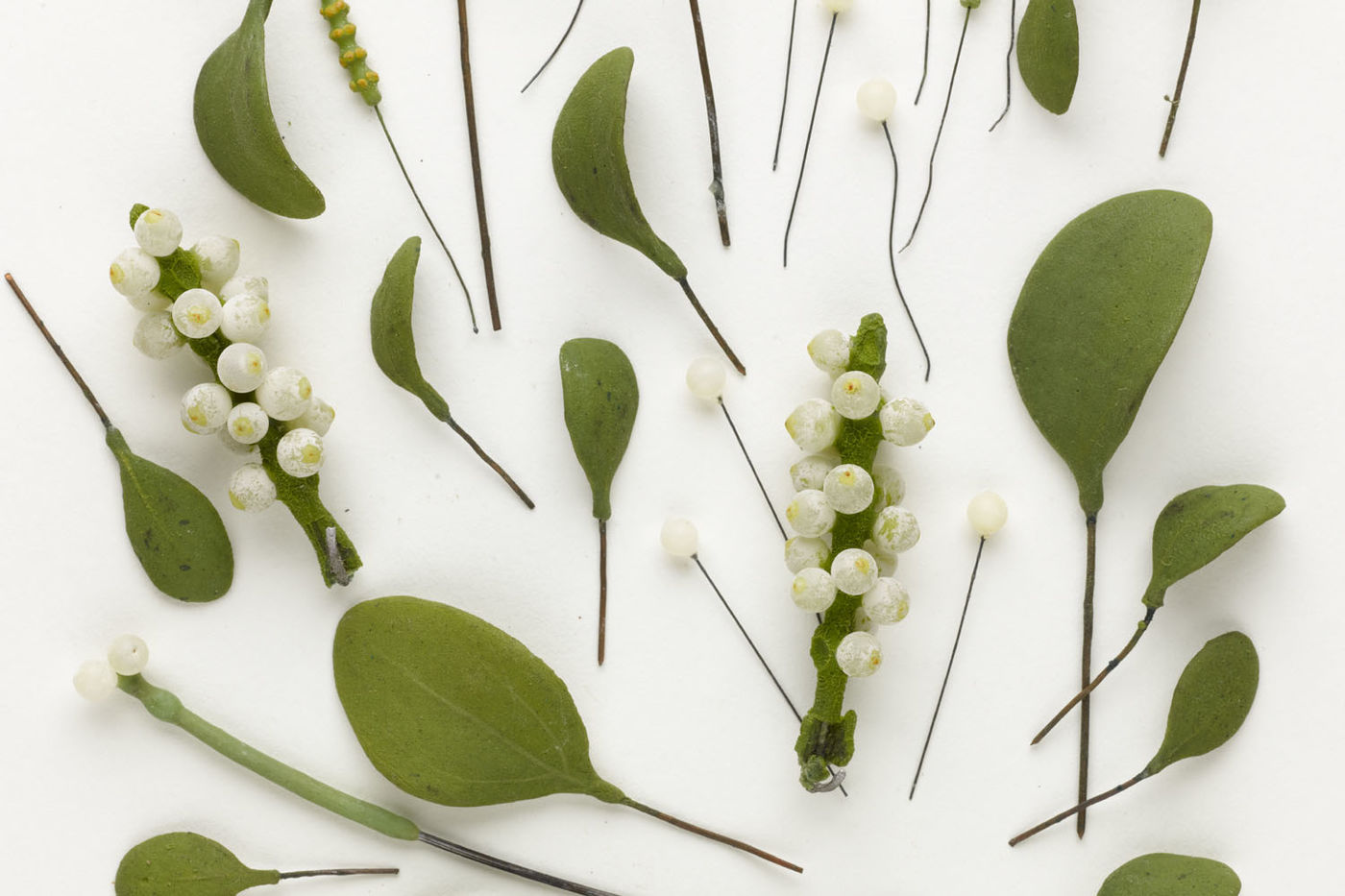 4. Mistletoe
4. Mistletoe
Despite the warm feelings of holiday cheer that Mistletoe evokes, the plant is a parasite. Mistletoe cannot grow on its own in the wild, and latches on to other trees (usually oaks) as means of survival. Although Mistletoe is evergreen, many other parasitic plants are actually ghostly white, as they lack the ability to photosynthesize for themselves.
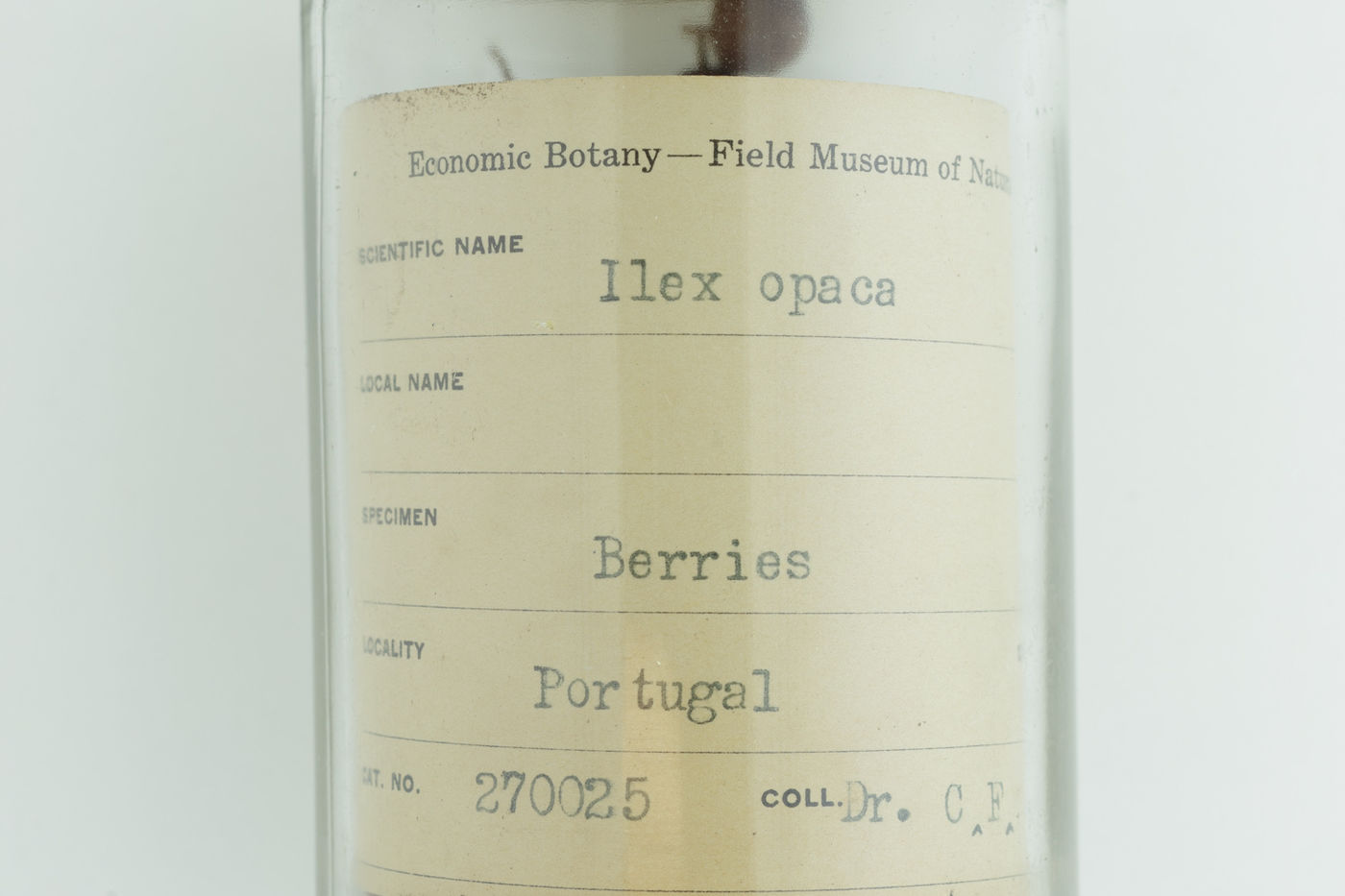 5. Holly
5. Holly
This cheerful evergreen is one of the hallmarks of the holidays. These now browned berries would have once been a vibrant red. Although they look appetizing, they are poisonous to humans.
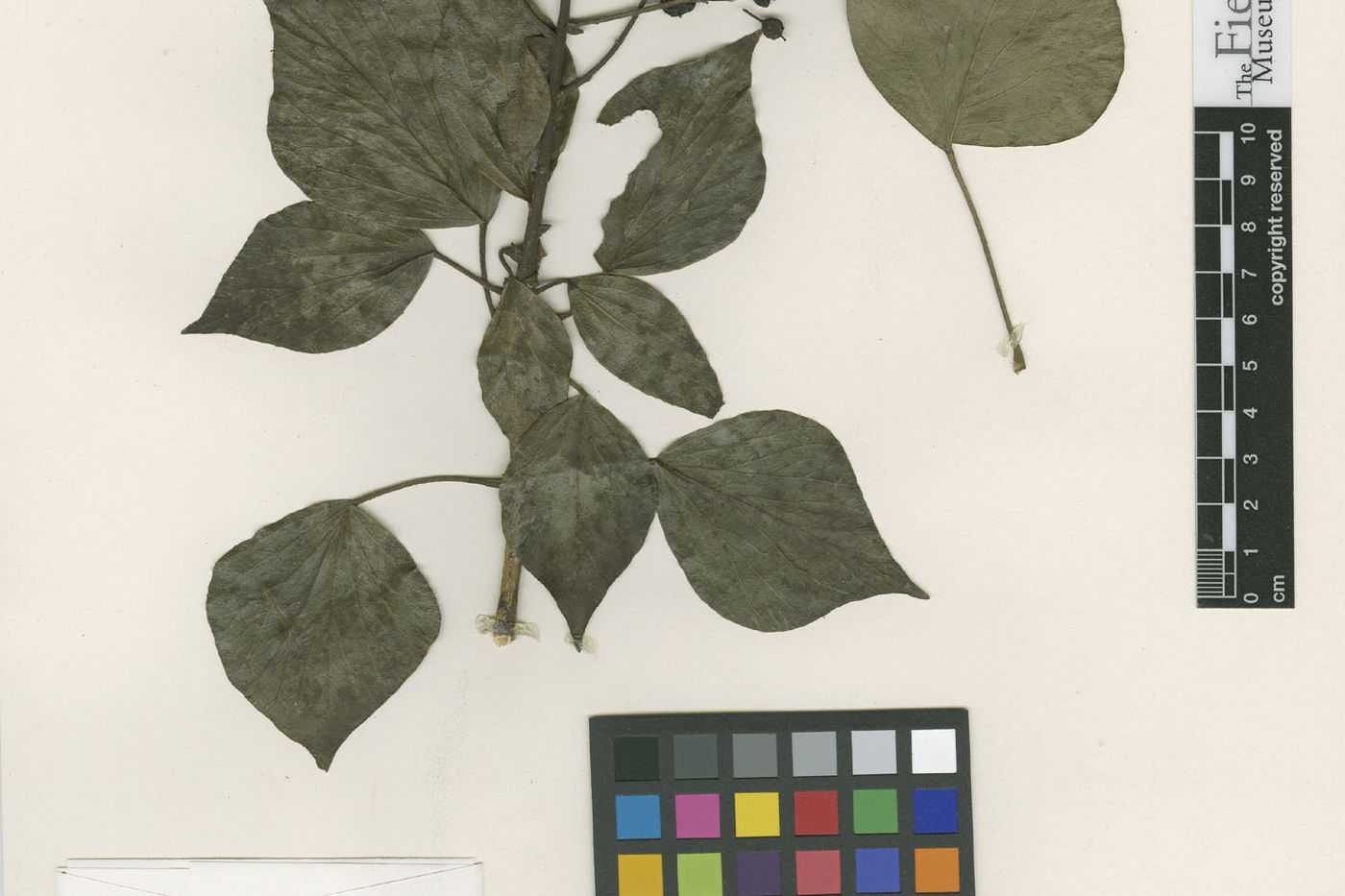 6. Ivy
6. Ivy
There are many different types of Ivy, an evergreen vine, and Hedera is the generic name for all of them. This specific species is also known as “common ivy,” and helix refers to the twists and turns it takes as it grows. This species in particular is invasive, tending to take over the area it grows in, hindering other plants from surviving.
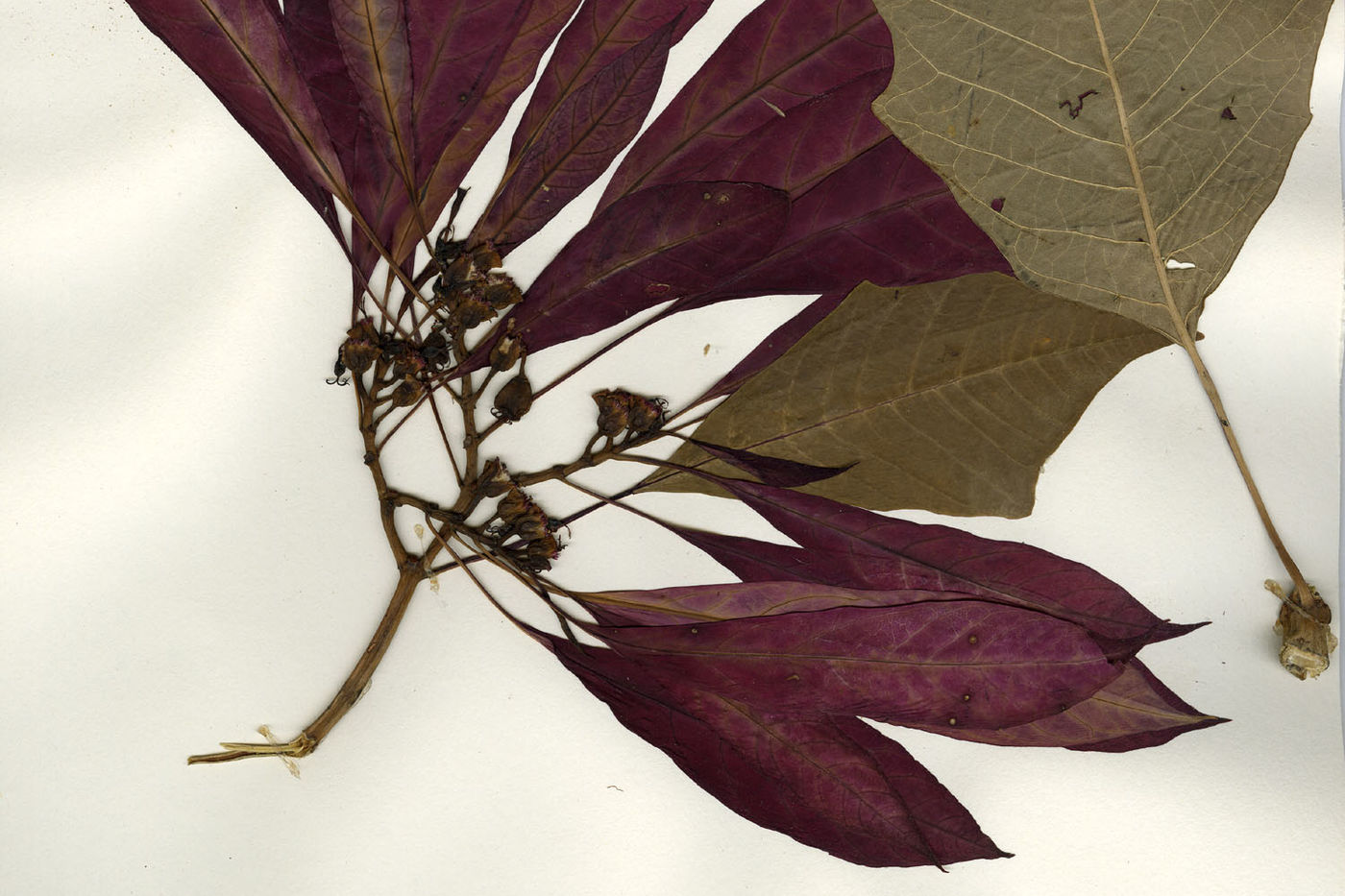 7. Poinsettia
7. Poinsettia
In the United States, the Poinsettia can usually only survive as an indoor plant, but in its native Mexico it is an evergreen plant. Despite popular belief, the vibrant red is not part of the flower of the plant. They are leaves that are simply a different color from the green leaves. The flowers of the plant are in small inconspicuous buds that grow close to the center of the plant.
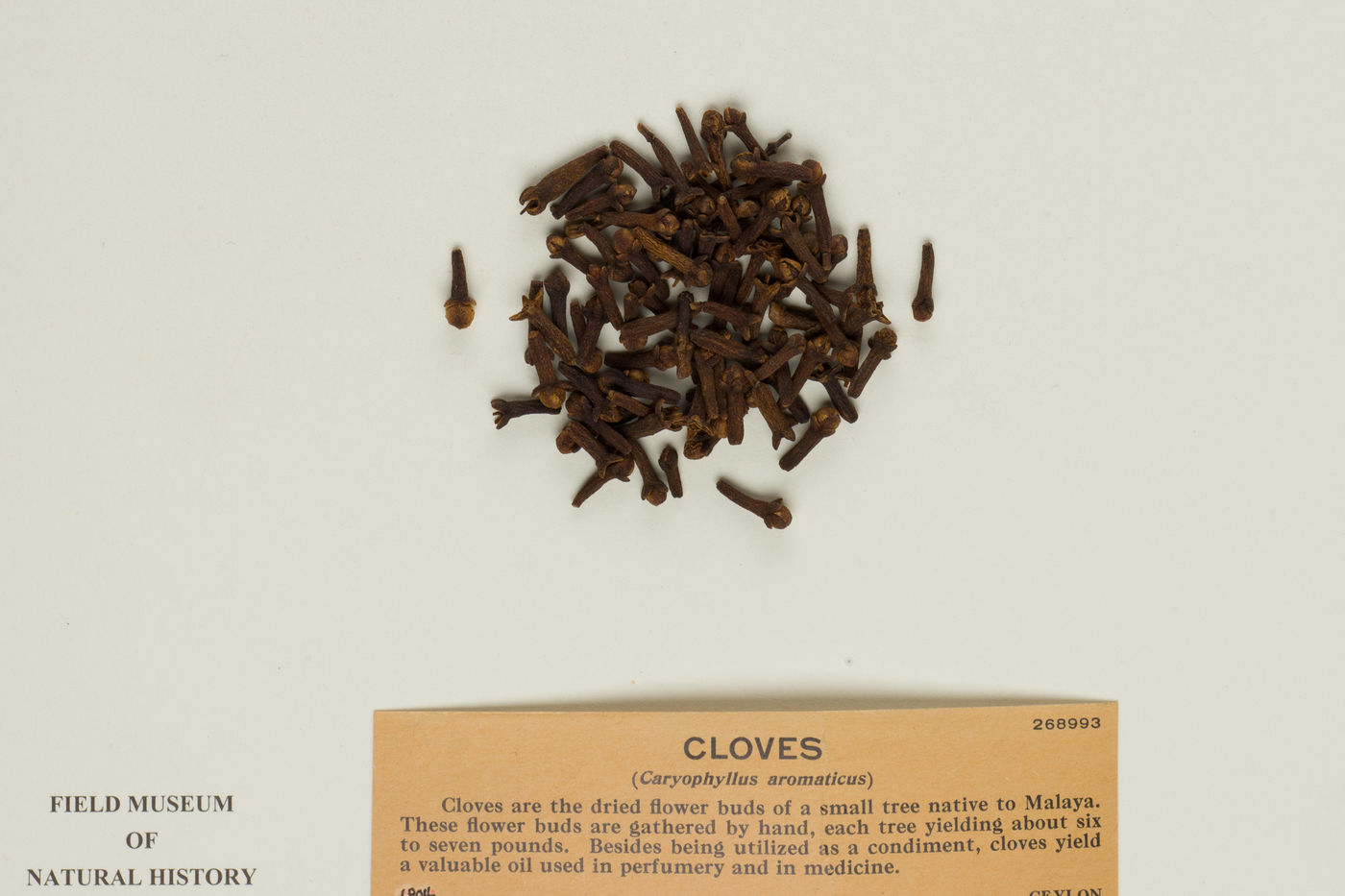 8. Cloves
8. Cloves
The cloves that we use in holiday baking come from the flower buds of the clove evergreen tree native to southeast Asia. The spice is typically paired with citrus fruits and has a spicy scent similar to cinnamon.
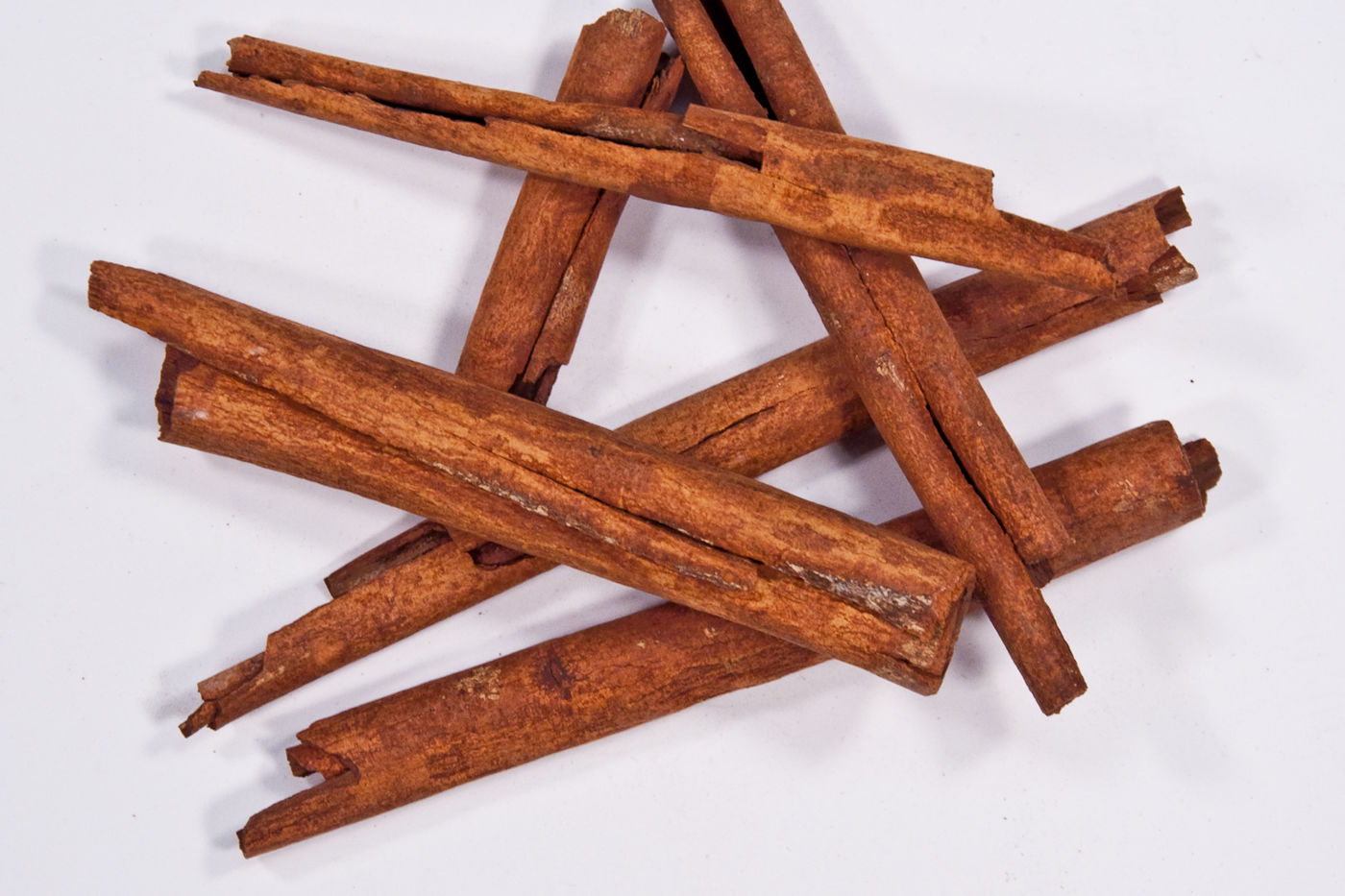 9. Cinnamon
9. Cinnamon
Perhaps one of the most distinctive scents of the holiday season is cinnamon. Cinnamomum verum, native to Sri Lanka, is called “true cinnamon,” but most commercial cinnamon comes from the bark of the Cinnamomum iners tree. The above specimen is Cinnamomum burmanni, and is one of the least expensive (and therefore very common) cinnamons produced commercially.
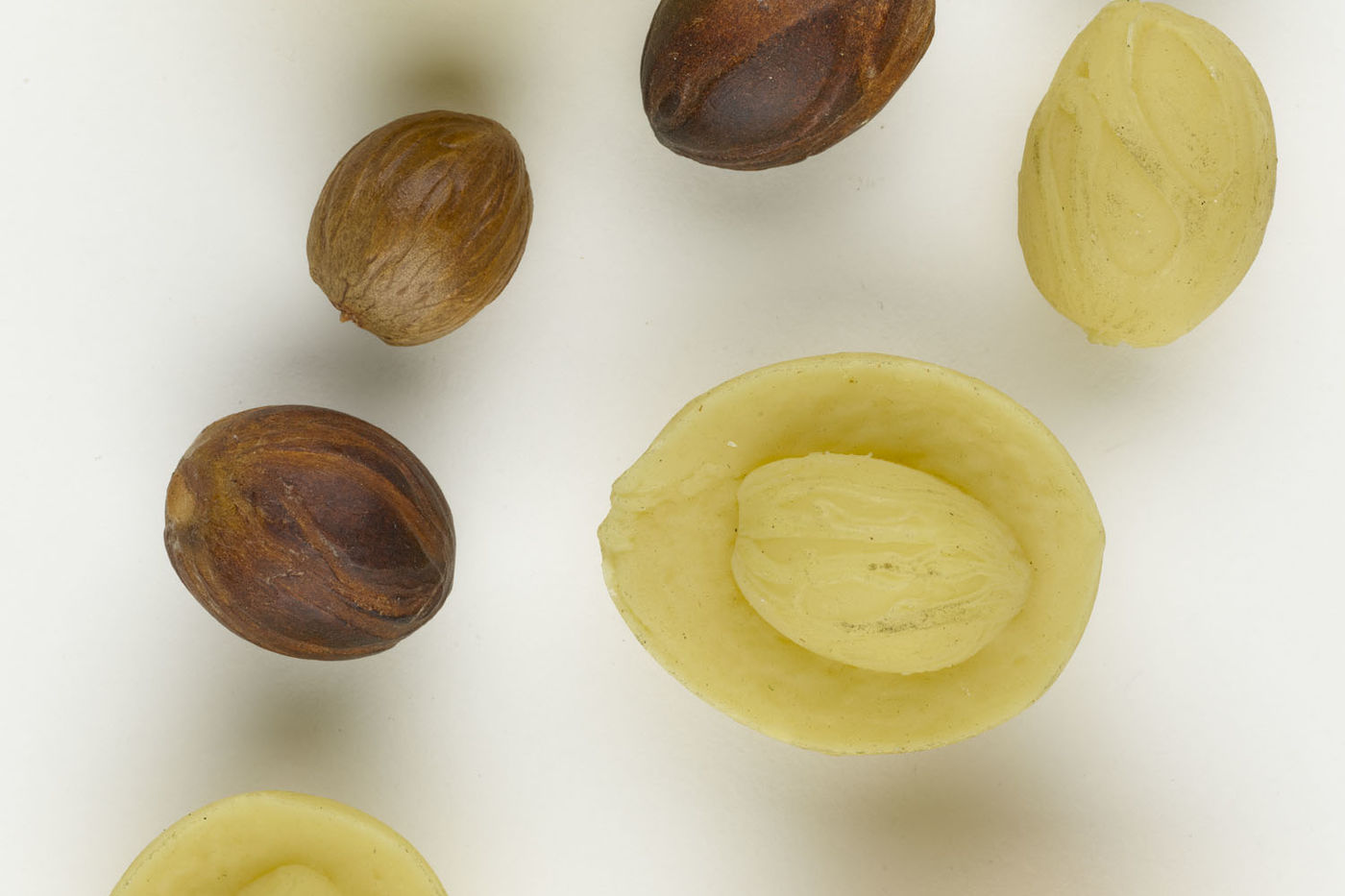 10. Nutmeg
10. Nutmeg
The spice nutmeg in your kitchen is most likely the seed of an evergreen tree called Myristica fragrans, native to Indonesia. There are actually two different spices that come from this tree, one being nutmeg and the other being mace, the red (in this photo, brown) strands that cover the large seed.
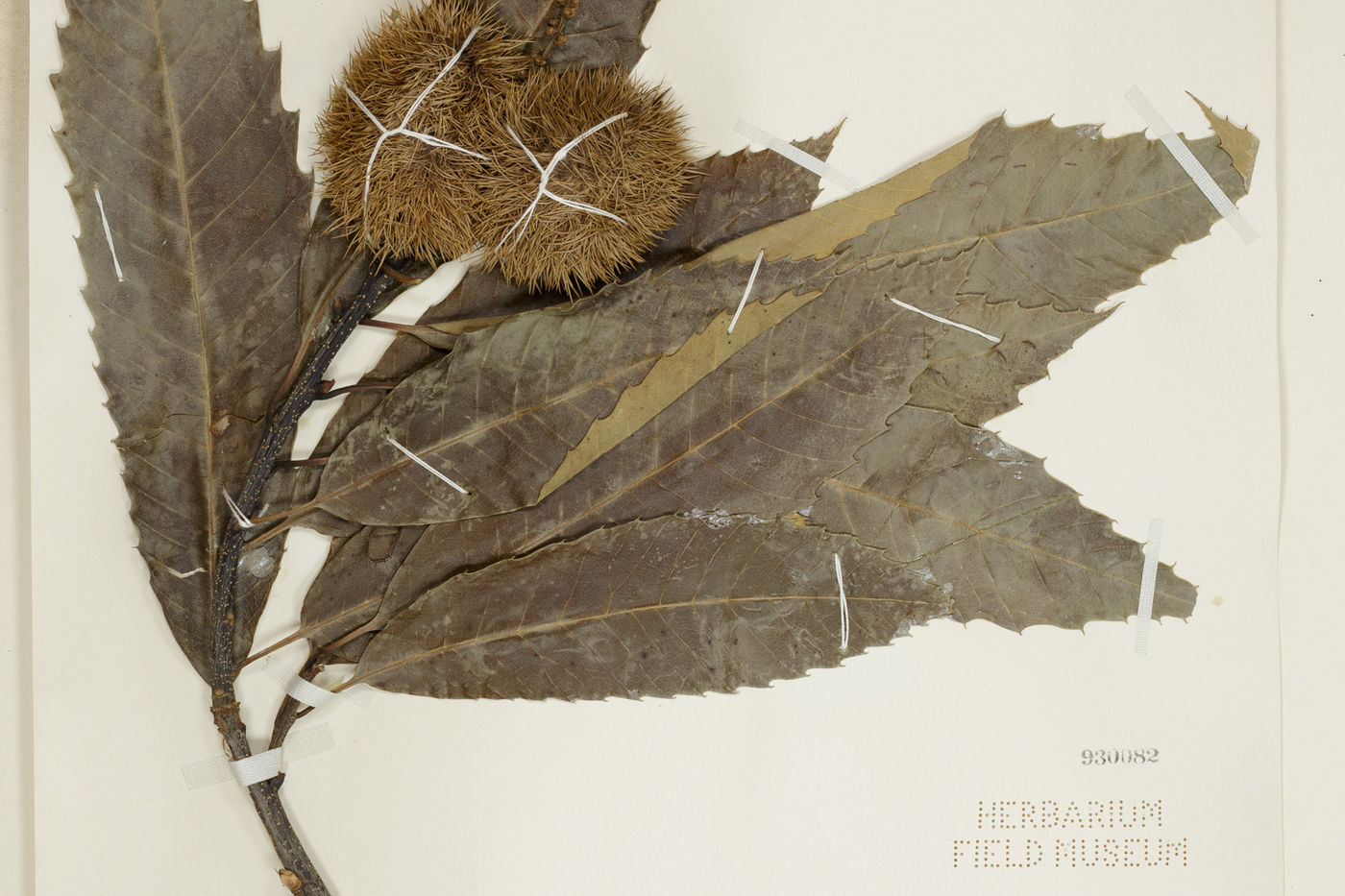 11. Chestnuts
11. Chestnuts
Chestnuts are commonly consumed around the holidays, are usually prepared by roasting on an open fire- true to the song. Chestnuts grow on the chestnut tree, which is related to oaks, and the consumable nut grows in a spiky protective shell.
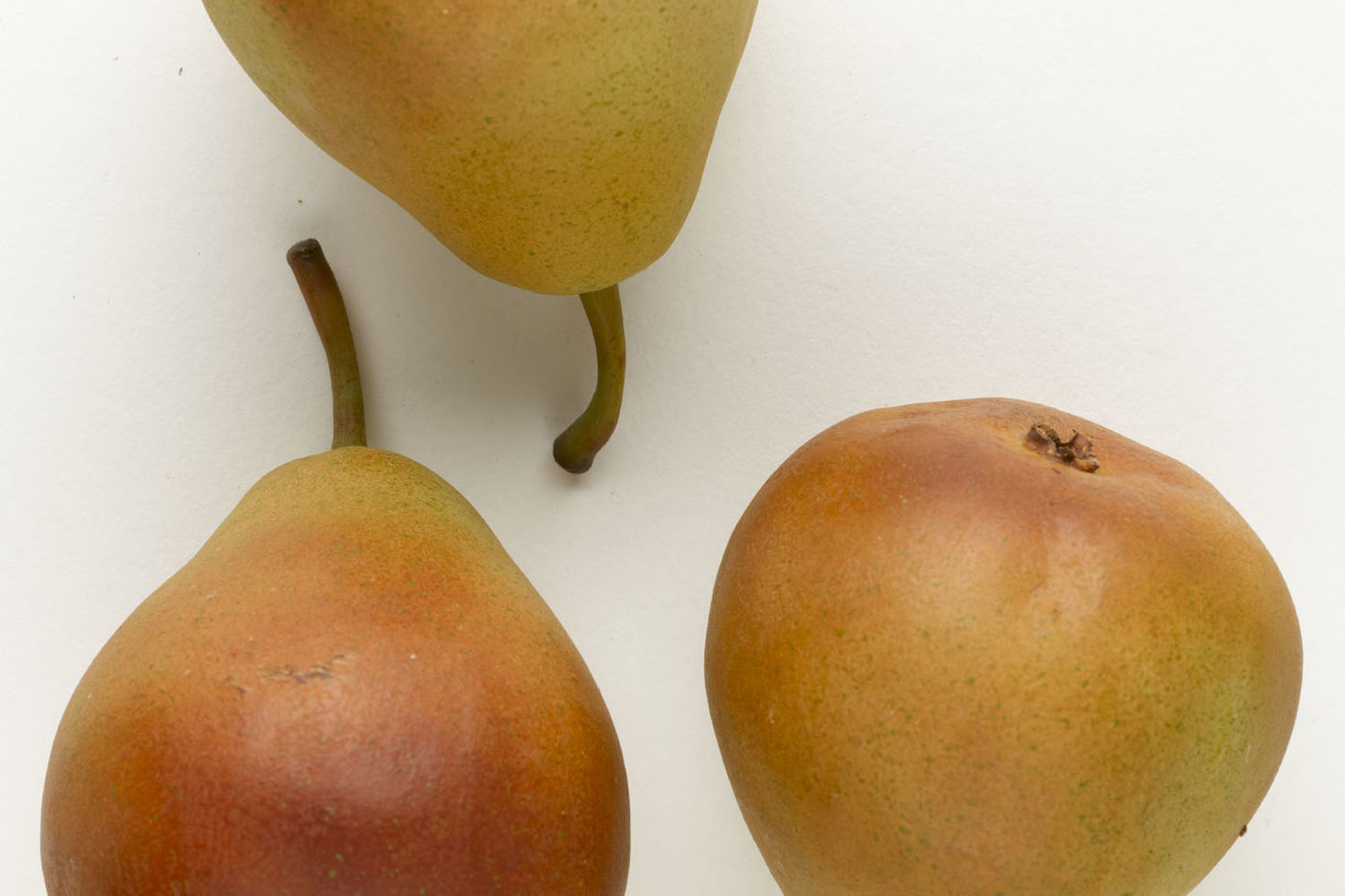 12. Pear
12. Pear
A partridge in a pear tree is the first of twelve gifts of Christmas, and pears continue to be a fruit that are commonly served during the Christmas season. . The fruit of the pear tree isn’t the only part of the tree that is consumed; dozens of types of butterflies, moths, and caterpillars feed on pear tree leaves. Did your favorite Christmas plant not make our list?
During the barren winter season, these plants and others fill many homes with life, color, and fragrance. From trees to spices to sweet treats, the Christmas season would not be nearly as festive without these botanical treasures. Search for other plants by their scientific names in The Field Museum’s botany database to discover more.
Madelaine Clarke is a Digital Content Intern in Communications at The Field Museum